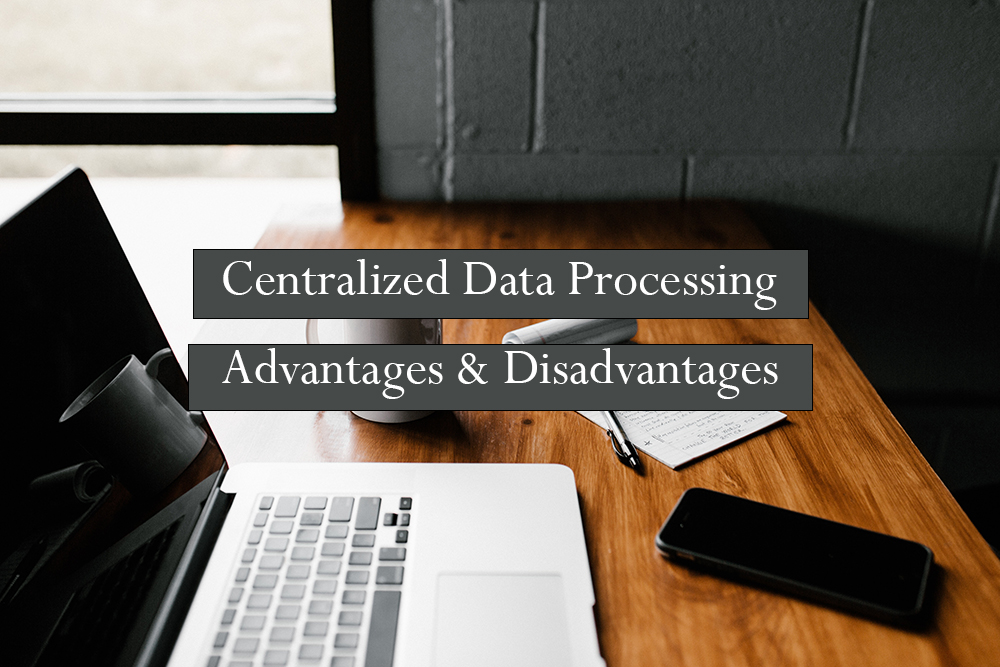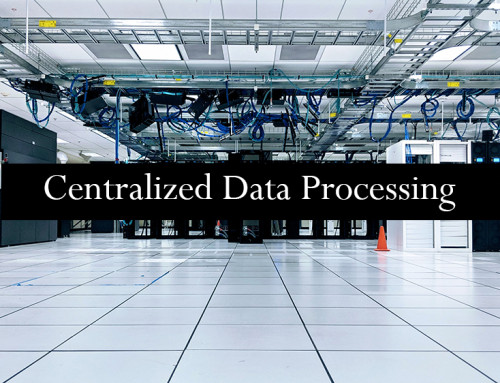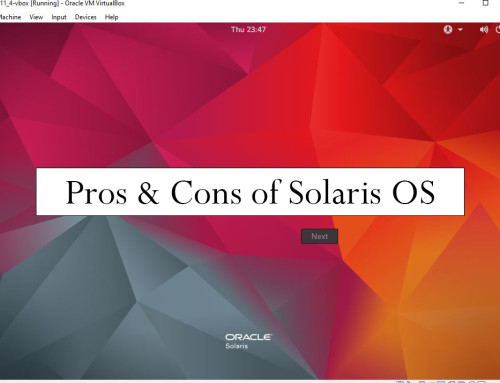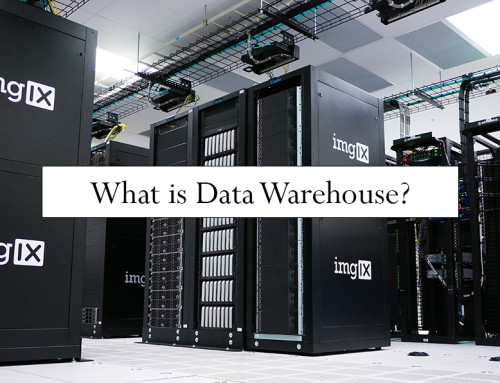What is centralized data processing
Centralized data processing is a type of processing which is done on a single server/system. All the nodes/computers are connected to a single system. The system resides in a single location and nodes from other locations are connected to that system.
The system which is centralized has a lot of processing power. All the data resides in the same system or server. There is another term used which is called decentralized data processing. In decentralized data processing, there are multiple servers or systems. The processing is done by separate servers. Different nodes are connected to different servers in decentralized processing.
In centralized data processing, the data is queried through SQL or through APIs. The storage can be added to the centralized system by adding more memory and power.
Centralized data processing involves backing up data so that other nodes cannot lose access to previous data. The central server has also a hardware maintenance process. Old hardware is replaced by new hardware if the performance of the hardware is degraded. The security of the central system is also checked so that it is safe from unauthorized access.

Let’s discuss some pros and cons of centralized data processing.
Advantages of centralized data processing
Some benefits of centralized data processing are:-
Easy resource management:
All the system resources are placed at the same location so it is easy to upgrade or downgrade resources. The management of resources can be easily done.
Reporting:
The reporting of the server is authentic and it is easy to analyze the data flow and processing speed of the system.
Fit for Old structure:
Old applications can also be installed on the central system and the infrastructure of the system is adaptive to both new and old software.
Low cost:
Sometimes it is more cost-effective than decentralized systems. As a decentralized system uses more energy and separate space it becomes more costly than centralized systems.
Advanced security:
New technologies are used to protect the centralized server from unknown user access. All the incoming and outgoing data is checked and a strong firewall is made on the server.
Authenticated users:
All the users who can access the server need to pass through the authentication process. The users have to give the correct authorization before entering the system.
Prevention of duplication:
The duplicate data is not stored on the centralized server. The data is first checked through filtering software before saving it on the system. If similar data exists on the system then it is not saved again.
Recovering data:
If for some reason data becomes corrupted or deleted then there is a feature for recovering data. The data of all users are kept in a safe place.
Moving data:
If any hard drive becomes failed then it can be placed easily. The data is moved from old space to new space quickly.
Software license:
As all the software is installed in one place, licensing software becomes easy. The software gets updated and the license is renewed without any issue.
Disadvantages of centralized data processing
Some drawbacks of centralized data processing are:-
Sometimes become offline:
During the maintenance process of the centralized server, the system needs to be unavailable for some time. So access to other nodes that are connected to the central server becomes stopped.
Hackers:
If the central server becomes hacked then all the other nodes connected to the server can be accessed by the hacker also. As all the data is stored on the central server hackers can get access to the data on the server.
High-skilled staff:
To manage the server, there is a need for highly skilled staff. The maintenance of the central server is complex.
Managing data:
As data is very big in size, governing data on the server becomes difficult. The new data is added on the server so the size of data becomes high.
Rules and regulations:
All the nodes that are connected to the server belong to different countries or locations. All the countries have different rules and regulations so some data cannot be accessed by specific locations.
Dependence on the system:
As most organizations store data on a centralized system, they become dependent on the system. The hardware and software that is used on a centralized system is very fast as compared to other nodes so client nodes always prefer to work on a centralized system.
Expanding problem:
If we expand the system vertically then it becomes expensive. The central server has a limit to expanding its resources. After a specific limit, the server cannot be expanded.
High traffic:
If there are more users accessing the data from the central system so speed of the server becomes slow. Data transfer speed becomes slow.
Examples of centralized data processing
Some examples of centralized data processing are:-
- This system is used in tracking flights and managing air traffic
- Used in customer relationship management (CRM)
- Data warehouses also use centralized system technology for analyzing and storing data
- Banks also uses centralized data processing for managing customer accounts and tracking transactions
- Education institutes use this system for course scheduling, student enrolment and for other administrative tasks
- Organizations use centralized data processing for managing human resources and finance
- Government agencies also use centralized processing for planning and tax calculations
- Also used in hospitals for health activities like checking patient records




